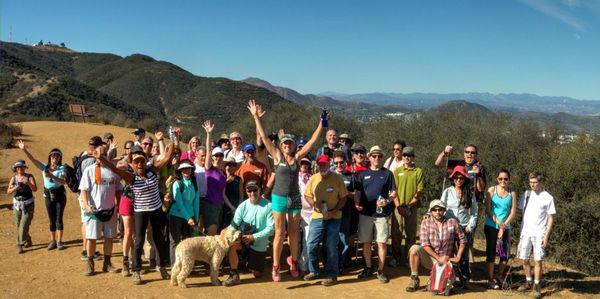A security freeze is free to those Californians who have a police report of identity theft or who are age 65 or older. If you are not an identity theft victim and you are under 65 years of age, it will cost you $10 to place a freeze with each of the three credit bureaus, for a total of $30.
Placing a Security Freeze
You can request a security freeze by mail or online. Let's stick to online freezes here. Credit bureaus Equifax, Experian and TransUnion each have websites for security freezes:
Follow the instructions given and your credit will be locked within minutes. They will ask for your full name, Social Security number, complete addresses for the past two years and date of birth. Then you may be asked to confirm information on your credit report, such as the duration of an auto loan, the amount of a loan, the date you entered a loan, a prior employer, etc. You will need a credit card to pay for the cost of the freeze.
TransUnion requires you to create an account to initiate the freeze. The others, at least one I signed up, did not require this additional step.
As part of the process you will establish a Personal Information Number (PIN) with each bureau. It is important to safeguard this PIN to remove the freeze when needed. Equifax create a 10 digit PIN on my behalf without giving me the option to create my own. Experian gave me the option of creating my own PIN or assigning one to me. TransUnion required me to create my own 6 digit, numeric only PIN. Everyone's gotta be different, don't they.
Lifting a Freeze Temporarily or Removing a Freeze
OK, so you have a security freeze in place, that's great! But now you need a car loan or are applying for credit or insurance, refinancing, filling out a rental form, etc and you need to unlock your credit for these purposes. Using your PIN, you can lift the freeze for a period of time or for a specific creditor. Lifting the freeze will cost you $10 if you are under age 65, $5 if you are 65 or older and free if you are a victim of identity theft (yes, there is a small perk to having your identify stolen).
It is FREE to remove a freeze on a permanent basis.
Lift or remove a freeze at the three credit bureaus:
Learn more at oag.ca.gov/idtheft/facts/freeze-your-credit.
Keep in mind that a security freeze DOES NOT prevent someone from finding a way to make charges to your existing credit cards and bank accounts through illegal skimming, phishing, hacking and other means. You must remain vigilant. This means watch out for skimming machines, shred your credit/debit card and other personal information, monitor your bank and credit card activity frequently, etc.
Security freeze laws vary by state. More information at consumersunion.org/research/security-freeze.












